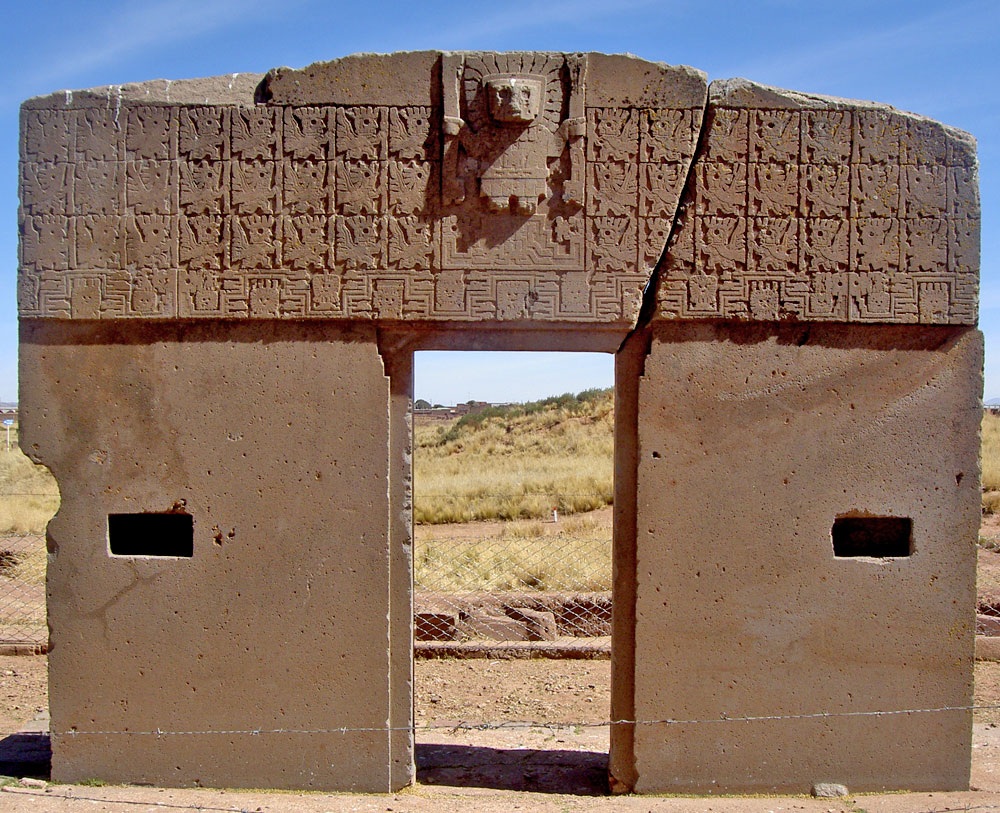Updated January 2020
Sorry to disappoint you, but the train route between Santa Cruz and Puerto Quijarro, on the border with Brazil, is no more dangerous than any other train in Latin america. In fact, no one knows exactly why the “death train” was give its name but there are plenty of theories.
Some say it is because of the many people who died from the poor working conditions while laying out the train tracks. Others say it was named after a yellow-fever epidemic, after the sick where transported in this train to quarantine. Others have heard that when the train stops you can be bitten to death by mosquitoes.
Whatever the reason, only backpackers and bloggers use the name “death train”. Most Bolivians will give you a funny look if you brag about having survived the “death train”. And if you fear the mosquitoes, just wear long sleeves, right?

Because Santa Cruz is one of the most important cities in Bolivia, or because people love trains, or because it is one of the most comfortable and direct ways to travel from Bolivia to Brazil, the train from Santa Cruz to Puerto Quijarro is very popular. Another reason to take the train is that you can stop in San José de Chiquitos, a Jesuit Missions protected site. It famous for its colonial churches ornately carved in wood. This town is also home of one of the most important Barroque Music Festivals in the world.
If you are planning to visit in Chiquitos, buy your train tickets in two different segments, first from Santa Cruz to San José and then from San José to Puerto Quijarro.

Santa Cruz to Puerto Quijarro by train
Puerto Quijarro is a city with a population of 16,000 on the border with Brazil, and also an inland river port on the Tamengo Canal. It lies at 100 m above sea level and has a jungle vegetation, as it is nearby to the Pantanal region in Brazil. The city is 604 km from Santa Cruz. The length of the trip depends on the train you decide to take, as Expreso Oriental is a bit slower (and cheaper), while Ferrobus is faster and a tad more expensive.
With the Expreso Oriental
The Expreso Oriental train travels from Santa Cruz to the border with Brazil on Mondays, Wednesdays and Fridays at 14:50. The cost is Bs 70 per person and it takes 15 hours to arrive in Puerto Quijarro. You need to take the train from the bimodal terminal, located on Avenida Montero. When you arrive in Puerto Quijarro you can take a cab to the border which takes about 5 minutes and costs about as many bolivianos. The train has air conditioning, TV, toilets and a dinning carriage. (Meals are not included in the ticket).

With the Ferrobus
The other train service is Ferrobus, which is a much smaller train (only two carriages in total). This train leaves from Santa Cruz on Tuesdays, Thursday and Saturdays at 18.00. It costs Bs 235 per person and takes 10 hours. This train leaves from the same station as the Expreso Oriental. Ferrobus doesn’t make as many stops. There is a waitress service, serving meals to your seat. The meals are included on this train, unlike in the Expreso Oriental. It also has air conditioning, TV and toilets.
During high-season – the months between July and September and December through February – these trains are very popular. If you want to ensure you get a seat on the train, you can book online through www.ticketsbolivia.com.

Again, from the bus terminal in Puerto Quijarro you can take a cab to the border, which opens at 7:30am. Once you clear migration on both sides of the border, you can take another cab to Corumbá, which is 10 minutes away by car, and continue your trip in Brazil.







